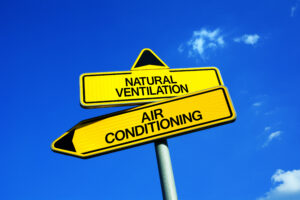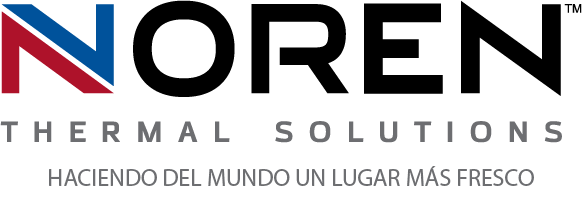 There are a variety of methods that can be utilized to regulate internal temperatures in your industrial applications, but this does not mean that every option out there will optimize your overall function. Indeed, a number of factors must be taken into consideration if you are looking to get the most from your technological applications, and our team is here to help. In today’s blog, the team at Noren Thermal Solutions in Taylor, TX takes a look at heat exchangers that utilize passive and active convection methods, and ways that these options can benefit your business.
There are a variety of methods that can be utilized to regulate internal temperatures in your industrial applications, but this does not mean that every option out there will optimize your overall function. Indeed, a number of factors must be taken into consideration if you are looking to get the most from your technological applications, and our team is here to help. In today’s blog, the team at Noren Thermal Solutions in Taylor, TX takes a look at heat exchangers that utilize passive and active convection methods, and ways that these options can benefit your business.
What Is Convective Heat Transfer?
With the advent of technological advancement, virtually every need under the sun can be met. The same is true when it comes to thermal management, or the regulation of internal temperatures for industrial applications. As a matter of fact, this process is integral to effective function, but not every heat exchanger option can give your device what it needs. As such, it is important to recognize the important role your parameters play in the process, and how different thermal management methods significantly influence what heat exchanger option you should pursue.
Among the various options that exist out there, there are three primary methods utilized to initiate application cooling and thermal management: conduction, convection, and radiation. When we take a closer look at convection, this process involves transfer of waste heat from a solid to a fluid. In other words, convection is accomplished by air to water thermal solutions.
As we look closer, we see that there are two primary methods involved with convective heat transfer known as natural convection (passive) and forced convection (active). To learn more about the science behind heat transfer, reach out to a member of our team today.
Fluid as a Thermal Medium
In convective heat transfer, a fluid such as water acts as a medium through which waste heat is removed. This process is accomplished by either active or passive means. In passive cooling, the fluid motion is caused by the buoyancy forces created by density variations. You see, when temperatures vary in a fluid, movement is generated as the warmer material (the waste heat/ heat source) transfers thermal energy to the cooler material (the present fluid).
Alternatively, active cooling occurs when the fluid is forced over the surface of the heat source by an external force. Contact our team today to learn more.
Choosing the Best Option
Various thermal management solutions utilize either active or passive cooling methods to accomplish temperature regulation. Further, the solution that will give you the most from your equipment is the one that best addresses your needs through customization. This is where our team comes in to help, and we are more than ready to work with you.
Speak with Our Team
Contact Noren Thermal Solutions in Taylor, TX by calling 512-595-5700 to speak with a representative from our team and learn more about the process today.







